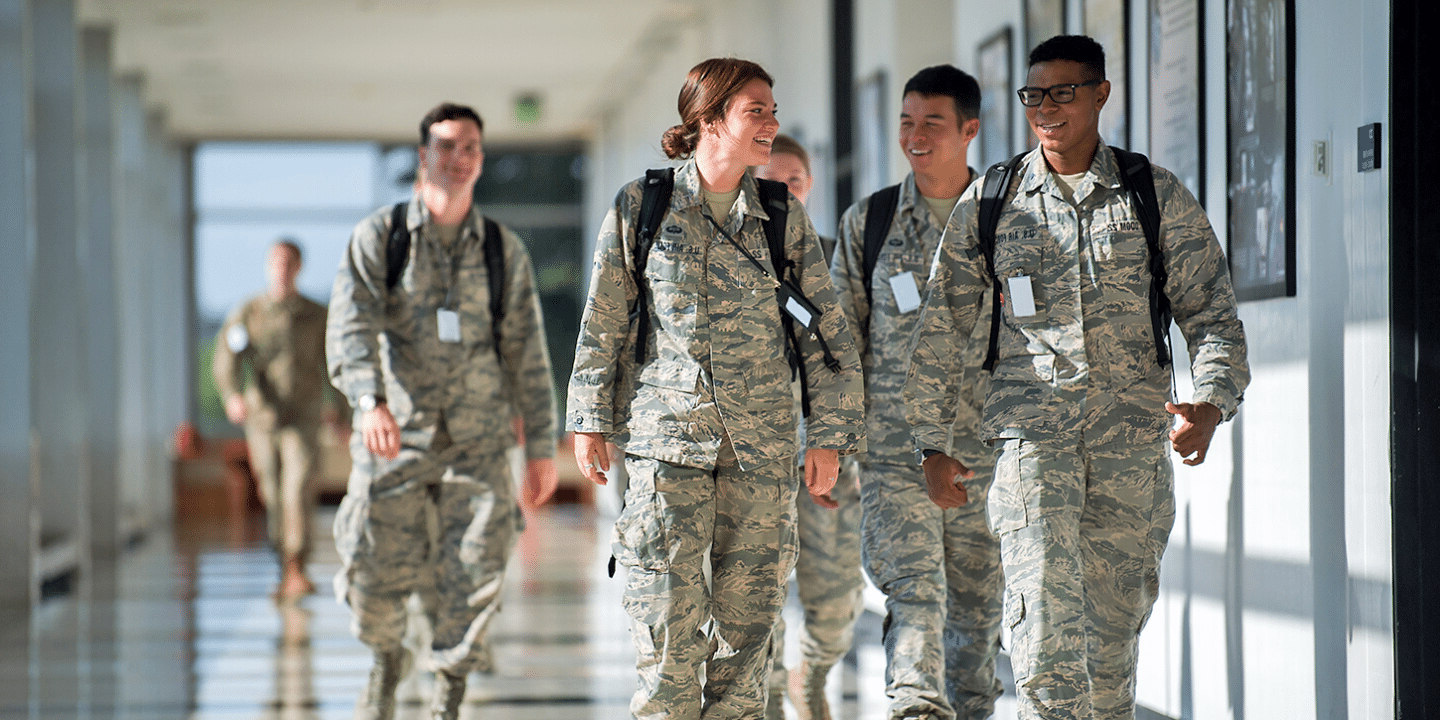
Open campus lunch is a popular topic among high school students, parents, and educators alike. It refers to the practice of allowing students to leave the school premises during lunchtime to eat at nearby restaurants or go home for a meal. While some schools have a strict closed campus policy, many are opting for an open campus lunch approach. This article aims to provide you with 18 intriguing facts about open campus lunch and its impact on students, schools, and communities. From discussing the benefits of increased responsibility and independence to addressing concerns about safety and academic performance, we will explore all aspects of this contentious issue. So, grab your lunch and join us on this informative journey through the world of open campus lunches!
Key Takeaways:
- Open Campus Lunch gives high school students the freedom to explore new food options, manage their time, and take a mental break, promoting independence and healthier habits.
- Open Campus Lunch prepares students for the real world by teaching financial literacy, enhancing social skills, and fostering personal growth, setting them up for success beyond high school.
Open Campus Lunch allows students to leave the school premises during lunchtime.
Open Campus Lunch refers to a policy that grants high school students the freedom to leave the school grounds and enjoy their lunch outside of campus, giving them a sense of independence and responsibility.
It provides students with a wider variety of food options.
With Open Campus Lunch, students have the opportunity to explore various local eateries and restaurants near their school, expanding their culinary experiences beyond the limited options provided by the school cafeteria.
It promotes time management skills.
Having to leave campus and return within a limited time frame teaches students the importance of managing their time effectively. They learn to prioritize tasks, make quick decisions, and be punctual.
It encourages healthier eating habits.
Students who have the option to enjoy lunch outside of school often have access to healthier food choices, such as salad bars, smoothie shops, or organic cafes. This can lead to a more balanced and nutritious diet.
Open Campus Lunch fosters a sense of trust between students and the school administration.
Granting students the privilege to leave campus demonstrates that the school trusts them to act responsibly and return on time for their classes. This encourages accountability and mutual respect.
It allows students to take a mental break from the school environment.
Leaving campus during lunchtime offers students a chance to relax and recharge their minds. They can take a walk, sit in a park, or engage in activities that help alleviate stress and enhance their overall well-being.
Open Campus Lunch can teach financial literacy.
When students have the freedom to purchase their own meals, they learn how to budget their money, make informed choices, and understand the value of their purchasing decisions.
It can enhance social skills.
During Open Campus Lunch, students have the opportunity to interact with peers from other schools or members of the community. This helps develop their communication skills, expand their social circle, and foster new friendships.
It prepares students for the real world.
Having the responsibility to manage their lunchtime allows students to experience a taste of independence and the freedom to make choices, which will help them transition into adulthood and prepare for life beyond high school.
Open Campus Lunch can lead to improved academic performance.
By providing students with a break from the school environment, Open Campus Lunch can help reduce stress levels and increase focus and motivation, ultimately leading to better academic outcomes.
It encourages community involvement.
When students have the opportunity to explore local businesses and eateries during lunch, they become more engaged with their community and create connections beyond the school walls.
It promotes cultural diversity.
Students may choose to visit restaurants that offer cuisine from different cultures during Open Campus Lunch. This exposure to diverse foods and traditions fosters a greater appreciation for multiculturalism.
It allows for personal growth and self-expression.
Open Campus Lunch encourages students to express their individuality by choosing where they want to eat and explore new experiences. This freedom stimulates personal growth and autonomy.
It can decrease disciplinary issues.
Granting students the freedom to leave campus for lunch reduces the chances of crowding and conflicts within the school premises during lunchtime, therefore minimizing disciplinary issues.
It can promote physical activity.
Students may choose to engage in physical activities during Open Campus Lunch, such as going for a run or participating in sports, contributing to their overall health and well-being.
Open Campus Lunch can introduce students to new experiences.
Exploring different eateries and cultural landmarks during lunchtime exposes students to new environments, cuisines, and perspectives, broadening their horizons and enriching their educational journey.
It encourages responsible behavior.
With the privilege of Open Campus Lunch comes the responsibility to follow traffic rules, make sensible choices, and adhere to specific guidelines set by the school, promoting responsibility and accountability.
It is a beneficial tool for college and career readiness.
Open Campus Lunch helps students develop important life skills such as time management, decision-making, and financial literacy, which are essential for success in higher education and future professional endeavors.
Conclusion
In conclusion, open campus lunches offer several benefits to students, including increased autonomy, a break from the school environment, and the opportunity to develop important life skills. However, they also come with potential drawbacks such as safety concerns and distractions. It is important for schools and parents to carefully consider the pros and cons before implementing an open campus lunch policy. By setting clear guidelines, fostering responsible decision-making, and ensuring student safety, open campus lunches can be a valuable experience for high school students.
FAQs
Q: Are open campus lunches allowed in all schools?
A: No, open campus lunches are not allowed in all schools. It varies from school to school and is typically at the discretion of the school administration.
Q: What are the benefits of open campus lunches?
A: Open campus lunches allow students to have a break from the school environment, develop decision-making skills, and gain a sense of independence and responsibility.
Q: Are there any drawbacks to open campus lunches?
A: Yes, there can be potential safety concerns, such as students not returning on time or getting involved in risky behaviors during the lunch break. There can also be issues with distractions and disruptions to the educational environment.
Q: How can open campus lunches be managed effectively?
A: To manage open campus lunches effectively, schools can establish clear guidelines, require parental permission, implement safety measures, and provide alternatives for students who choose not to leave the campus.
Q: What age group is typically allowed for open campus lunches?
A: Open campus lunches are usually more common in high schools where students are older and more responsible. It is less common in middle schools and elementary schools.
Was this page helpful?
Our commitment to delivering trustworthy and engaging content is at the heart of what we do. Each fact on our site is contributed by real users like you, bringing a wealth of diverse insights and information. To ensure the highest standards of accuracy and reliability, our dedicated editors meticulously review each submission. This process guarantees that the facts we share are not only fascinating but also credible. Trust in our commitment to quality and authenticity as you explore and learn with us.


